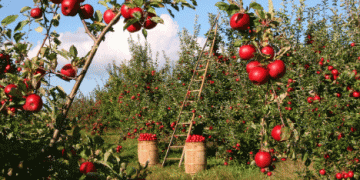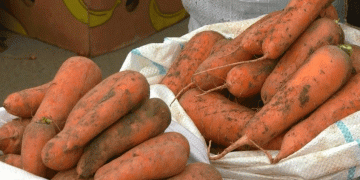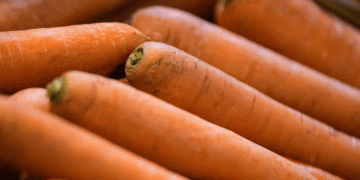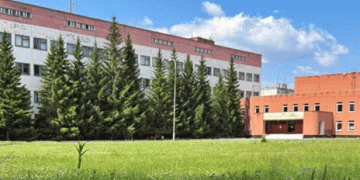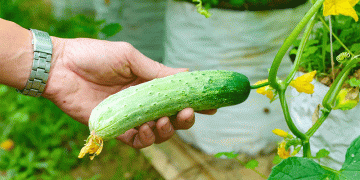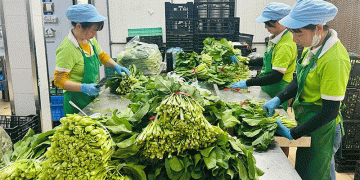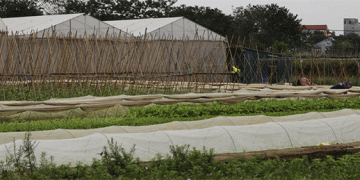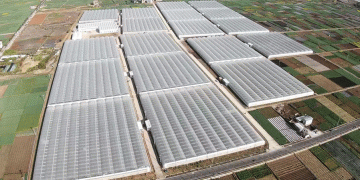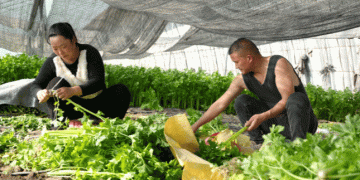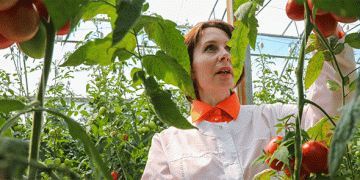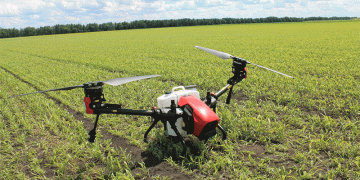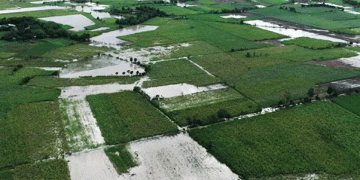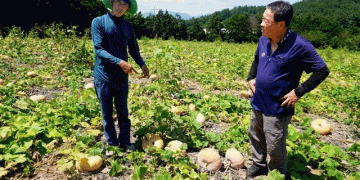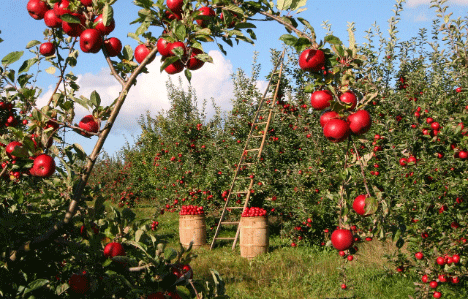The Ukrainian apple market has undergone notable fluctuations in recent years, with prices oscillating between unprofitable lows and unprecedented highs. This volatility has prompted producers to invest in new orchards and modern technologies to enhance production efficiency and fruit quality. Export demand and pricing have played pivotal roles in shaping these market dynamics, culminating in a trading year characterized by record-low export volumes and record-high prices.
Export Trends:
From July 2023 to March 2024, Ukraine exported over 37,000 tons of apples, nearly matching the average annual export volume of the previous five seasons. This surge in exports is attributed to heightened demand from key markets, including the Middle East and the European Union. Notably, export prices have risen significantly:
- United Arab Emirates: Importers paid 40-60% more for Ukrainian apples compared to the previous season.
- Saudi Arabia: The primary market for Ukrainian apples saw a 30-40% increase in export prices.
- Kuwait: Export prices rose by 25-30%.
- Sweden: One of the main EU buyers, Sweden, paid an average of 25% more than the previous year.
These price hikes are largely due to a reduced apple harvest in Ukraine and a general decline in apple production across the region, which has bolstered prices in all sales markets, particularly the Middle East.
Domestic Market Dynamics:
Within Ukraine, apple prices have surged by an average of 79%, with wholesale prices reaching 25-28 UAH/kg (approximately $0.60). Domestic retailers are offering competitive prices for high-quality Ukrainian apples, aligning with global market rates. This has led to intense competition for premium-grade apples both domestically and internationally.
Global Context:
The global apple market has also experienced significant shifts. The apple harvest in key EU countries in 2024 is projected to decrease by 11% compared to the previous year, totaling 10.2 million tons versus 11.5 million tons. This figure is also 14% lower than the average of the past three years. This decline in production has opened up opportunities for Ukrainian exporters to fill the supply gap, particularly in markets traditionally dominated by EU producers.
The Ukrainian apple industry is navigating a period of significant fluctuation, with prices reaching levels that challenge profitability, followed by surges that surpass those of imported fruits. This environment has encouraged the development of new orchards and investments in modern technologies. Export demand and pricing continue to be major determinants of market dynamics, leading to a trading year marked by record-low volumes and record-high prices. Domestic retailers are offering competitive prices for high-quality Ukrainian apples, matching global market rates and intensifying competition both locally and internationally.
